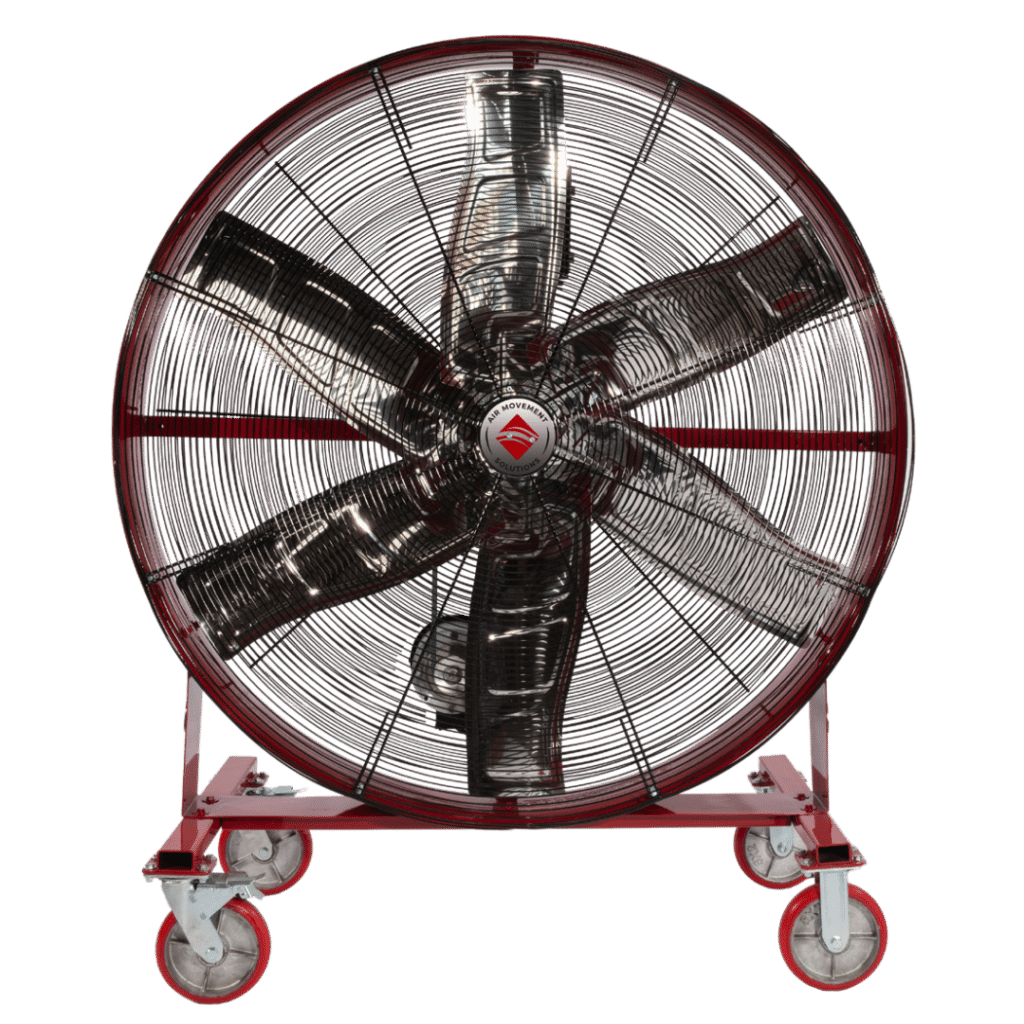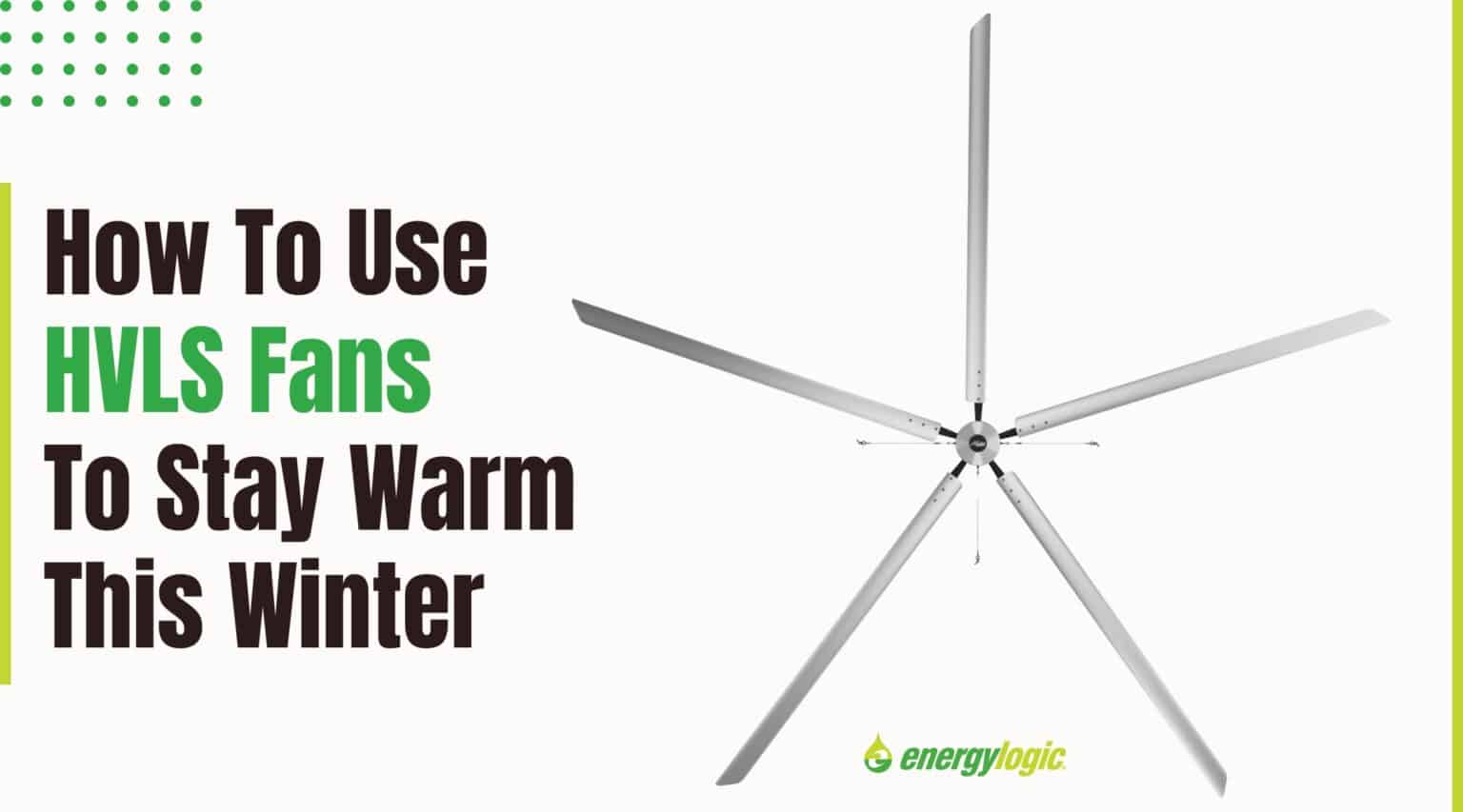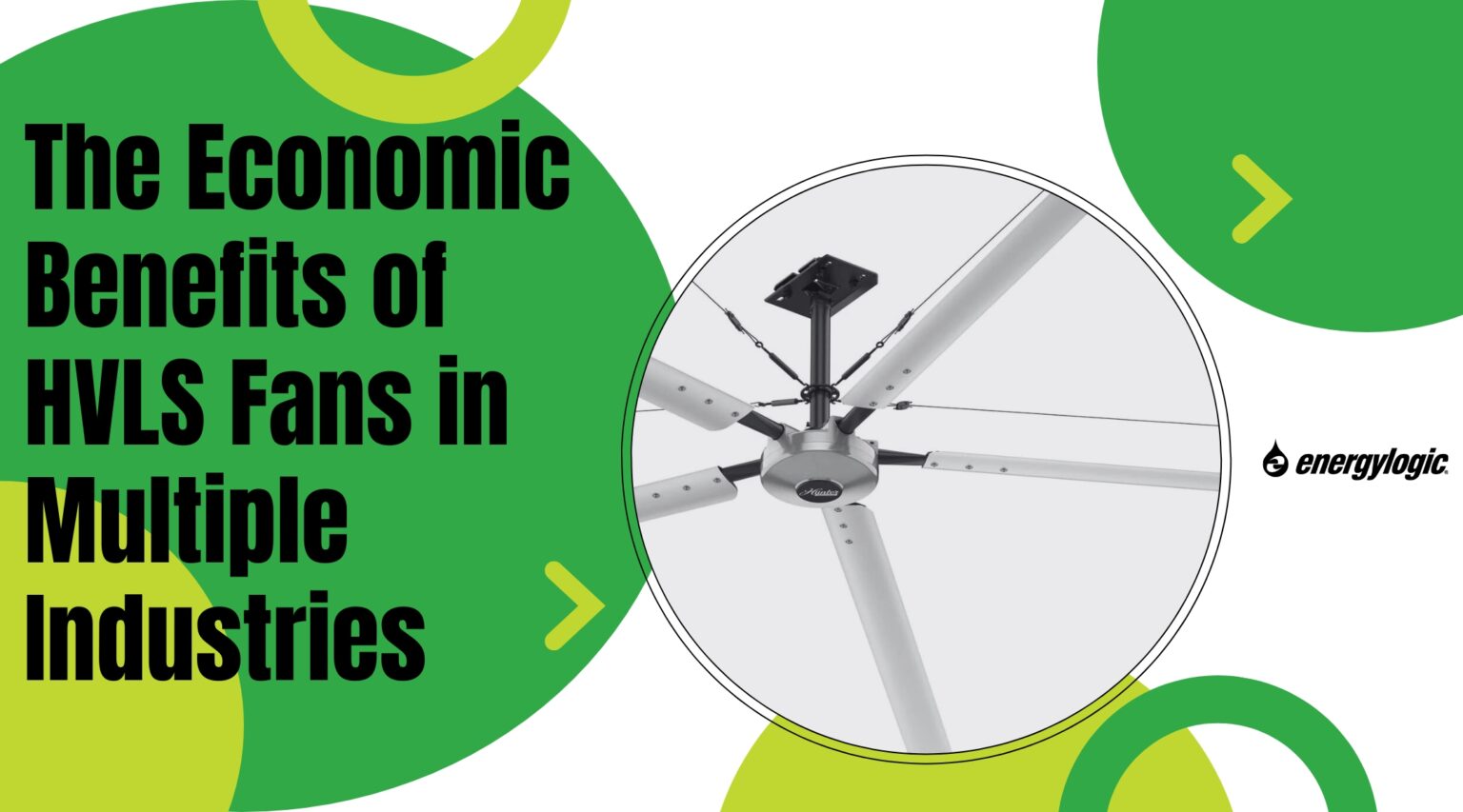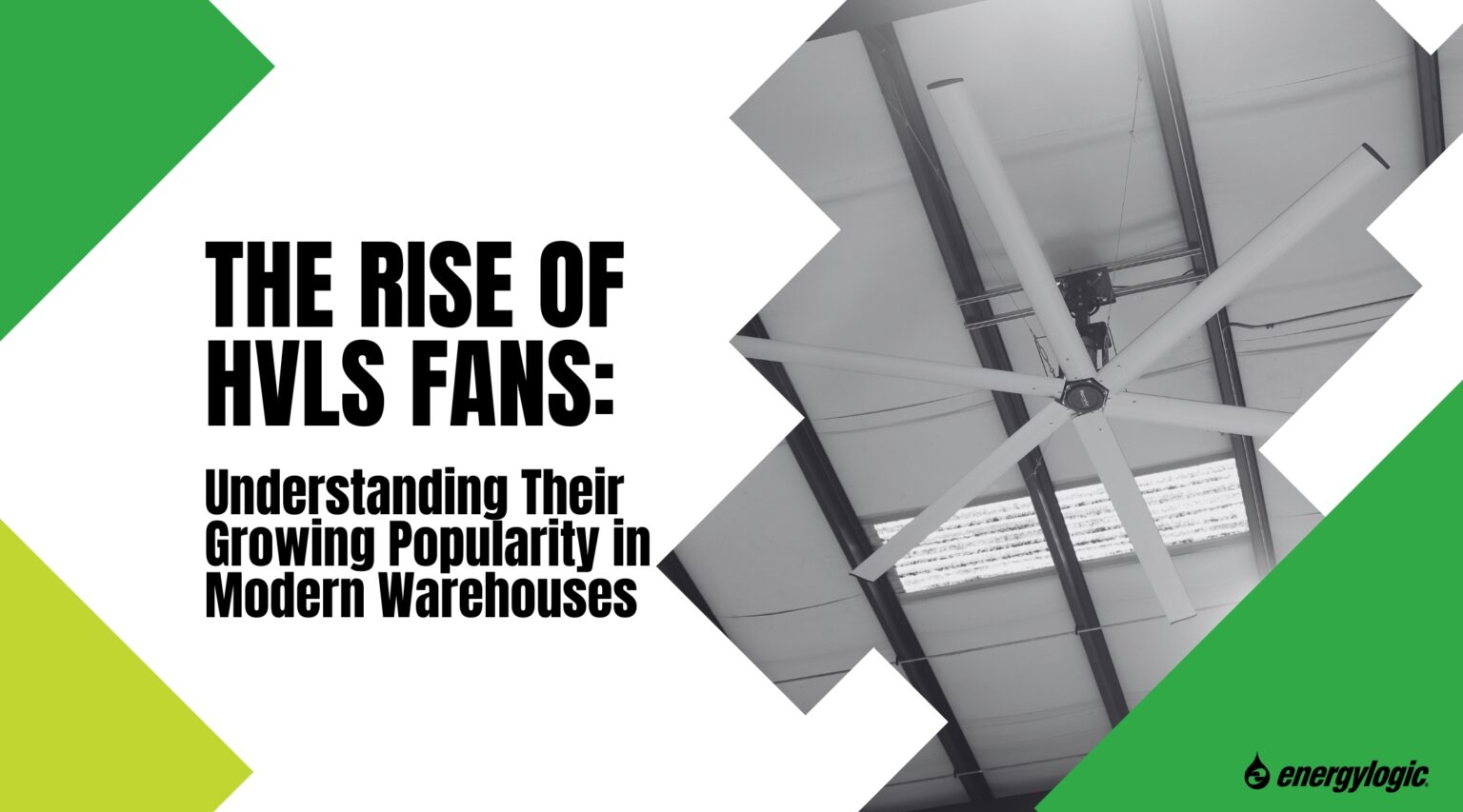High-Volume, Low-Speed (HVLS) and industrial fans have undergone significant innovations in recent years, particularly in the commercial sector, where their benefits expand beyond simple air circulation to provide improved environments for workers, livestock, and products. HVLS fans are large fans with giant blades ranging from 6 to 24 feet in diameter that spin slowly. The blades are designed for efficiency and comfort in large spaces. The latest advancements in the industrial fan industry have focused on enhancing aerodynamics, energy efficiency, and user control to cater to diverse applications across industries.
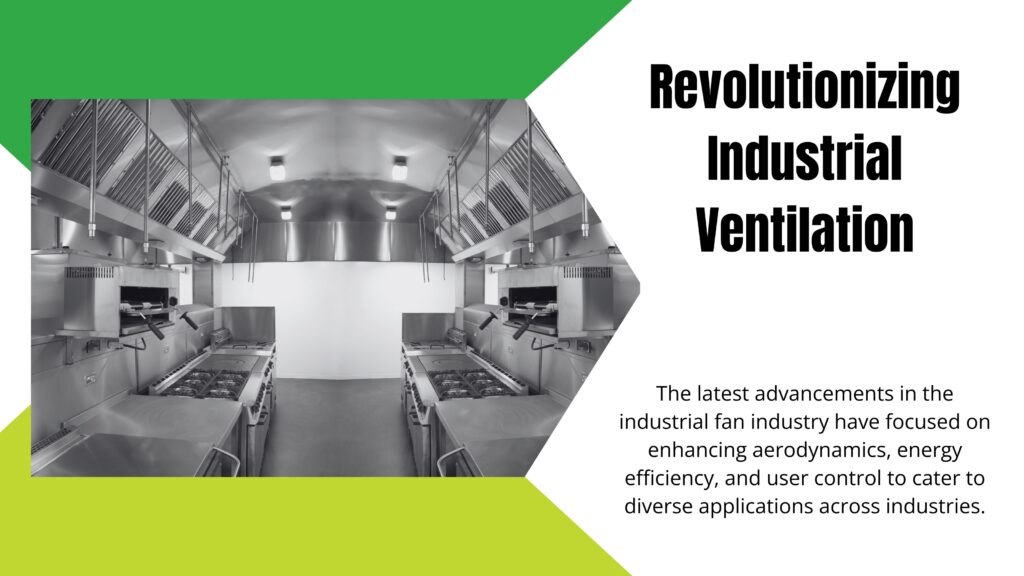
HVLS Blades Get an Upgrade
One of the key innovations in HVLS fan technology is the introduction of NASA-inspired aerodynamic blade designs. When HVLS fans were first used, the blades were designed to maximize airflow in large spaces, a huge feat. By applying the principles of aerodynamics to create slightly curved airfoil blade designs, large industrial fans can improve air circulation and create more comfortable temperature conditions in large commercial spaces.
Advancements in blade material, such as anodizing the blades and ensuring smoothness in the manufacturing process of the blades can make the blades less prone to collecting dust, rust, and corrosion.
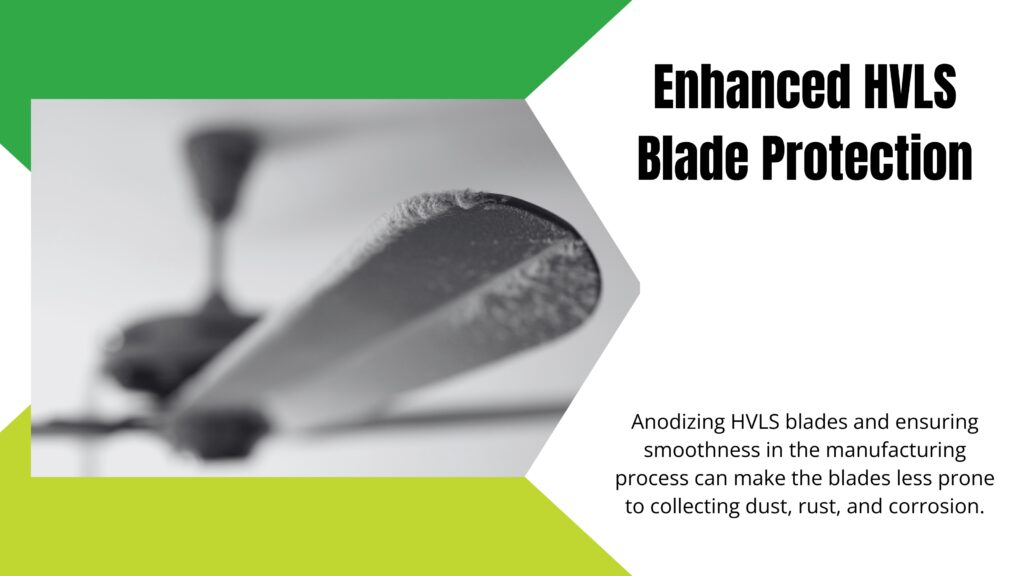
And, it also improves how they work when there is little-to-no drag or turbulence due to surface contaminants. It is still important to regularly clean your fan blades to prevent disturbances in its function.
Direct-drive Motors Make All the Difference for HVLS Fans
Technology has also advanced in the motors used in HVLS fans. The shift towards direct-drive motor technology represents a move to gearless, quieter, and maintenance-reduced fans. With a direct-drive motor, the motor is directly connected to the load it drives, doing away with gears, pulleys, and belts.
By using this kind of motor in HVLS fans, this change translates to fewer moving parts, less noise, and significantly lower energy consumption, making them a more cost-effective solution for large spaces.
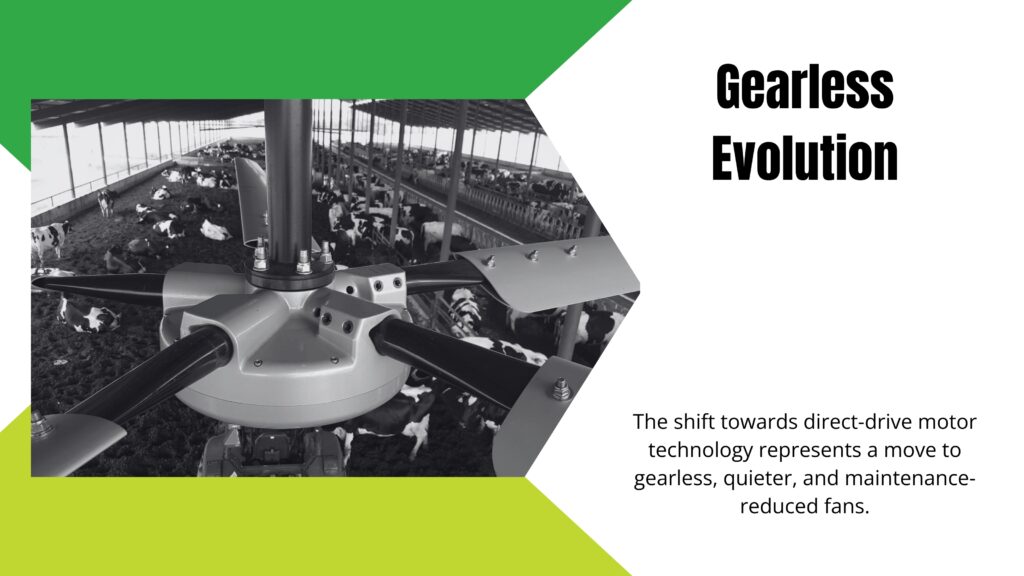
A direct-drive motor provides more continuous torque, ensuring comfort and climate control with less energy. Overall, newer, more advanced motors make it easier to maintain the fan as it requires fewer interventions to fix parts.
Digital Controllers Improve Management
Variable speed options have become standard, allowing for greater flexibility and control over air movement. These options, coupled with digital controllers, enable precise airflow management, contributing to energy-efficient operations and the ability to adjust conditions to meet specific environmental needs. When they first hit the market, HVLS fan controllers were basic, analog speed and direction controls. Now, digital controllers place all fans on the same control and allow users to control for different areas of the space.
HVLS Fans Across Industries
The impact of HVLS fans extends across commercial settings, including retail spaces, industrial environments, and educational facilities. In retail and community spaces, they enhance customer comfort by dissipating heat pockets and reducing the effective temperature felt by occupants.
In industrial settings, HVLS fans improve air quality and worker comfort, leading to increased productivity and safety. Educational institutions benefit from improved ventilation and reduced energy costs, enhancing the learning environment.
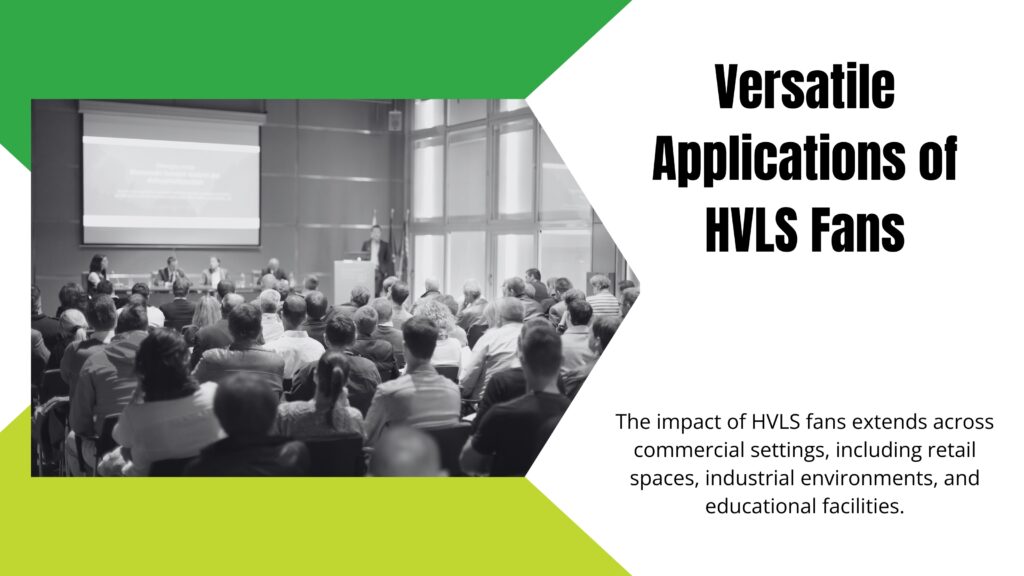
In addition to these commercial applications, there’s a growing recognition of the role HVLS fans play in residential settings. As awareness of their efficiency and comfort benefits grows, more homeowners are considering HVLS fans as a viable alternative to traditional air conditioning systems, especially in areas with challenging climates.
The future of HVLS fans looks promising, with ongoing innovations aimed at further enhancing energy efficiency, integration with smart building technologies, and overall performance. As these technologies evolve, HVLS fans are set to offer even more advanced solutions for cooling and ventilation needs across both commercial and residential landscapes.


